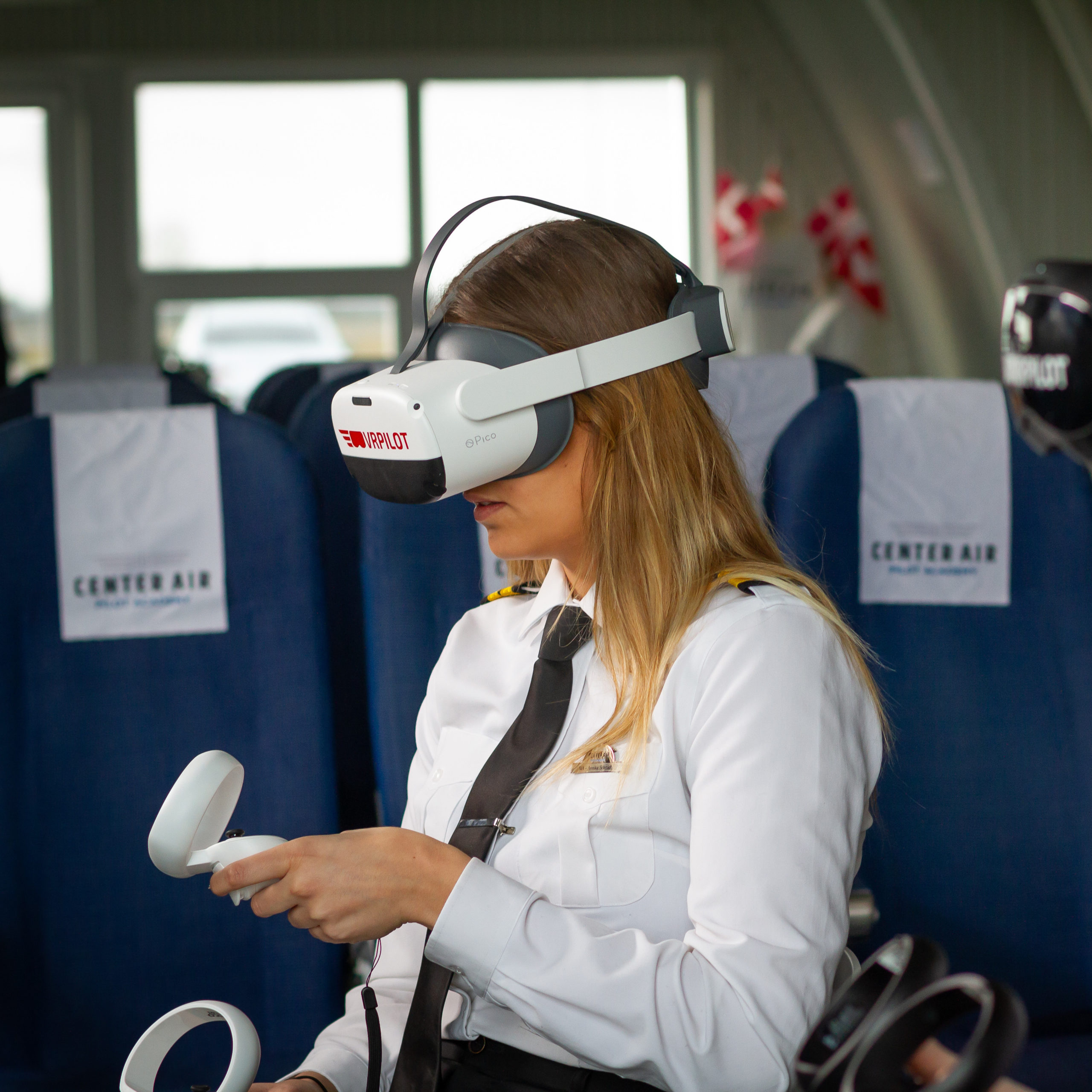FAQ

FAQ
VRflow is an interactive cockpit procedure training platform. VRflow features dynamic aircraft systems, multi-crew capabilities, step-by-step explanation of procedures, a cockpit familiarization module, and much more.
VRflow is a scenario-based trainer, meaning that the user(s) may train predefined procedures or scenarios. The procedures can only be completed in the correct sequence, reducing negative training transfer and aiding training standardization.
Unlike old-fashioned flat panel trainers, VRflow introduces decision making in the training process. The interactive training scenarios incorporate an IDENTIFY-ANALYSE-DECIDE-ACT approach that not only teaches the pilot the correct procedures, but also trains the pilot how to assess the situation correctly.
For example, when experiencing an engine failure in a twin-engine airplane, identification of the dead engine is extremely important, and wrong identification has led to fatal accidents. VRflow teaches the pilot how to first make the correct assessment of the situation and then take the proper action.
VRflow runs on portable, stand-alone VR headsets and on iPads, enabling user to bring the training with them.
For enterprise solutions, we adapt all relevant customer procedures using the customer flight manual/FCOM/FCTM or other available material. Procedures to include can be both normal and non-normal procedures.
The private use versions of VRflow incorporate generic procedures for the respective aircraft types. Read more here (A320) and here (B737).
Yes! We tailor the cockpit layout to each individual customer to ensure an exact match between the training scenarios and the real aircraft or simulators. We are able to adapt any cockpit layout or special equipment installed.
No. Multi-crew sessions are synchronized over the internet, meaning participants can join from wherever they are in the world. We have experience with conducting multi-crew sessions on opposite sides on the Earth without any problems.
No. VRflow is not a flight simulator, it is a procedure trainer. For training realism, all aircraft maneuvering is included (taxiing, takeoff, etc.). All maneuvering is done automatically, prompted by the progression of the procedures.
Enabling the user to maneuver the aircraft in VR would be a highly inrealistic experience that would draw attention away from the learning objectives.
VRflow runs on all major stand-alone 6 DoF (degrees of freedom) headsets, such as the Oculus Quest 1/2, Pico Neo 3 Pro and HTC Vive Focus 3. VRflow is also supported on iOS and Windows.
For enterprise applications, we recommend the Pico Neo 3 Pro or HTC Vive Focus 3 headset. VRflow for private use is available on the Oculus Quest 1/2 and Pico Neo 3 Pro.
In a multi pilot aircraft, pilots can train procedures alone with VRflow’s Automatic Crewmember. The Automatic Crewmember will perform the actions of the other pilot, and PF/PM task sharing can be dynamically swapped.
For enterprise solutions, training data from VRflow can be exported in virtually any format for integration with LMS. Training data includes training time, number of training sessions, errors made. More training data may be provided on request.
Enterprise solutions include continuous support. If a customer has a change to their procedures, a case can be submitted through our support portal. Depending on the extent of the change(s), updated training scenarios can be ready within 24 hours.
No! VRflow runs on stand-alone VR headsets, meaning no computer or tethered setup is required. This means VRflow is an extremely portable solution, enabling pilots to bring their training with them anywhere.